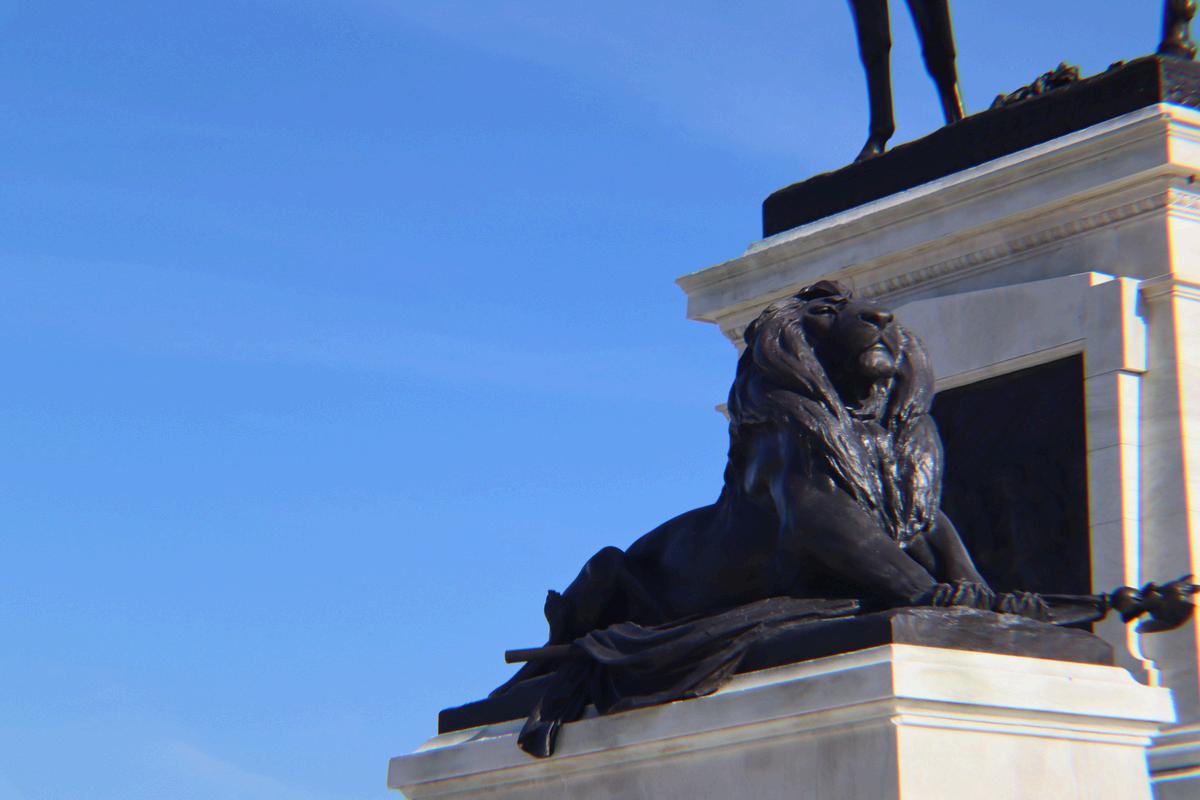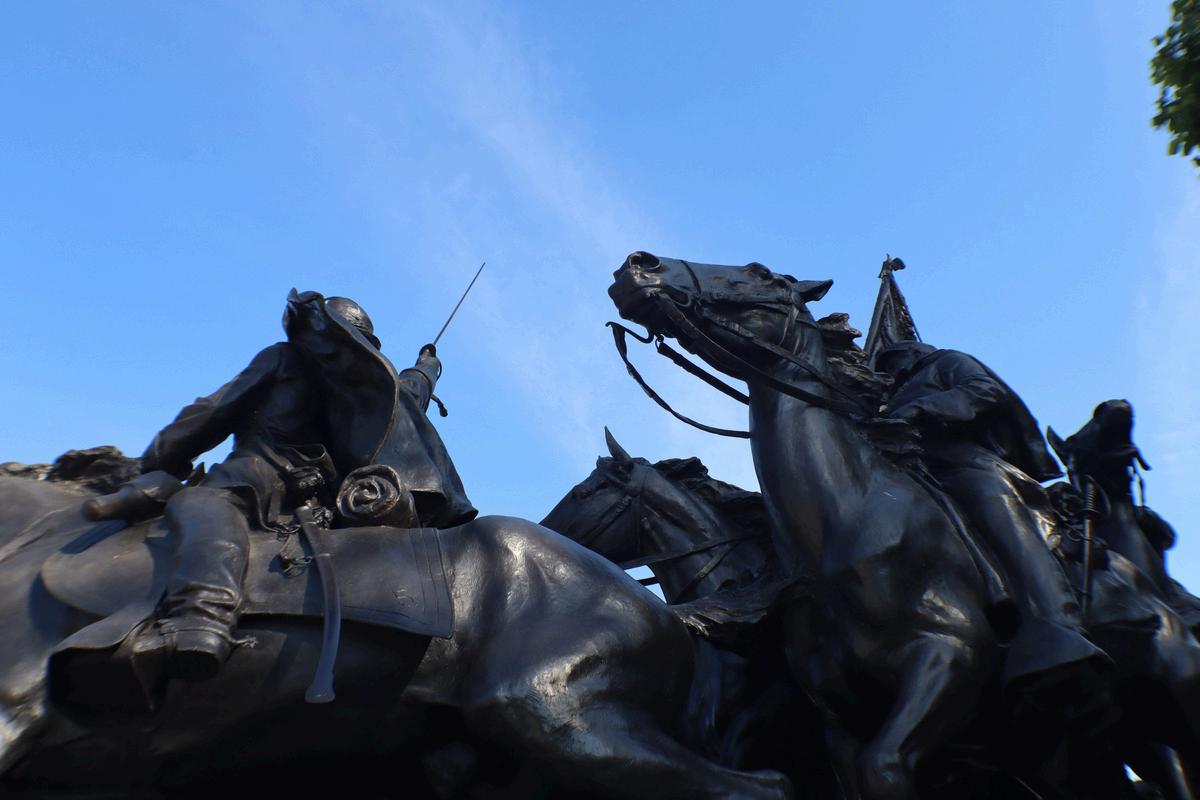
2 minute read
The Beginning of a Monument
One of the Four Lions
In 1895, 10 years after Grant died penniless but for the sale of his recently completed memoirs, the Army of Tennessee Society began calling for a monument to honor the General they had served under and who had led them and the country to victory.
It was at the beginning of the 20th century that Congress was grappling with what to do with the National Mall. In 1791, Pierre L’Enfant, the Frenchman who had designed the layout of Washington, DC, had envisioned a grand avenue, inspired by the Champs-Elysées and Tuileries Gardens in Paris. It had never been made into L’Enfant’s vision and only at the turn of the century did Congress decide to form the McMillan Commission; this turned the National Mall into something closer to L’Enfant’s original vision.
In 1901, Congress passed the Hepburn Act allocating $250,000 to a monument specifically honoring former President Ulysses S. Grant. In today’s world that would be as if Congress allocated $9,127,235.29 to build a single monument. The Act also stipulated a separate committee, overseen by the McMillan Commission, be formed to find an American Sculptor to make the monument in America with American materials.
In 1902, a public competition took place to find a winning design and sculptor. All the top American sculptors of the day entered the competition. They were all stunned when a relatively unknown, self-trained sculptor won. Charles H. Niehaus, a prominent American sculptor, demanded they run the competition again, which, amazingly, they did. Even more astonishing: the same relatively unknown, self-trained sculptor won again.





